Parameters Rollout Allows Efficient Modifications
Parameters is a feature introduced alongside other node types in RailClone 2.0. You may have noticed a separate rollout in the command panel soon after launching the plugin; however, it appears empty and you may have ceased to bother with it. While that mentality is valid, you will be surprised to know the Parameters’ rollout can actually control certain aspects of your style directly with proper setup.
To do so, a “Numeric” node must be present in the style editor and wired into parameter values that have been exported manually from nodes. Once the connection has been made, the value you enter in the command panel will feed directly into the exported value inside the style editor. The parametric rollout automatically updates to reflect the amount of active numeric nodes that you have in the editor. In retrospect, this rollout bridges the gap between the style editor and max for imposing certain change of specific value, and it allows modifications to be made on the final model without delving into the node trees.
Viewport Optimization
Itoo has made a number of great display improvements in RailClone 2.0 to ensure maximum viewport feedback while accommodating styles with considerable amount of instances. Most notably, a new point-cloud mode that most Archviz artists should be familiar with from using Itoo’s other well-known Forest Pack Pro plugin. In version 1.x, there were only three viewport display options made available: mesh, boxes, and adaptative. This made working in RailClone quite undesirable and increasingly frustrating. Users would have to toggle between display modes to compensate for working in heavy scenes in an effort to check the accuracy of the RailClone model.
Hence, the addition of point-cloud mode in RailClone 2.0, which utilizes DirectX acceleration, should gain quick acceptance. This particular display mode has the same capability to quickly generate 3D preview of copious mesh instances in viewports, but users may find it differs slightly from Forest Pack Pro with a few new options. One of which grants you control over point-cloud density globally, affecting all RailClone objects in the scene, or locally to only the selected RailClone object. Also, working in point-cloud mode while limiting distributable distance on a spline is also a great way to improve viewport feedback. Being able to review the impact of each alteration in real-time definitely makes RailClone’s iterative modification process more production friendly.
Comparison tests between common display options in RailClone 2.0 were carried out using the “Curtain Wall” tutorials scene and a mid-range workstation with specs of one Nvidia GTX 560Ti graphics card, 8GB of RAM, and dual Xeon CPU. Approximately 54 million polygons, or 25 building façades, can be created in point-cloud display (with default global and local density values set at 50% and 50%, respectively) before a noticeable dip in refresh rate. The Box display mode was capable of handling more than 100 façades, but the downside of not being able to review how the mesh looks loses the tactile connection that you want. Mesh display, on the other hand, brought the refresh rate to its knees while depleting all available memory after about 10 building façades, or approximately 21.6 million polygons. The benefits of using point-cloud display are easily obvious.
RailClone Tools Permit Flexible Conversions
Like in previous versions, RailClone tools in 2.0 are available only in the Pro version; however, it is a worthy feature that either does not get noticed immediately or simply neglected. The RailClone tools can be found in the utilities tab in 3DS Max and can be accessed by adding it to your button sets. One of the tool’s accomplishments is its “Instanciate” feature. Instanciate can turn any RailClone objects into instanced editable geometries and has ability to group them, add them to a new layer, change their display modes, etc.
The concept is instrumental in translating the same RailClone meshes and their layout into other renderers or software that don’t have RailClone support. And the process is reversible given the resulting mesh retain its original naming. Being able to create instanced geometries can also become a cost-effective way for smaller studios with tight budgets to get one Pro license without purchasing licenses for all workstations. The feature performs really well, but it is unfortunately marred after realizing the box UV mapping, which is exclusive to the plugin (defined in the segment nodes), cannot be transferred over.
Conclusion
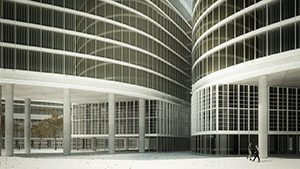
A curtain wall building created using two dimensional arrays by Paul Roberts
Itoo Software aims big with the goal to redefine the modeling process in 3DS Max, offering a tool that revolves around a parametric system and an optimized workflow. While this goal seems ambitious, the plugin introduces a lot of great features that well justify the claim. The contemporary node-based interface, flexible styles system, new and optimized display modes, and extensive styles library are extremely versatile and show huge potential.
After covering the majority of the new features and upgrades, it may look like working with RailClone 2.0 seems very practical. But one lingering question remains, and that is if this plugin is necessary for you and your production pipeline. Practical uses of RailClone may vary based on the final model. Sometimes users may find it easier to just build something with typical poly modeling tools instead of using the plugin. Focusing on what the plugin can do instead of what it cannot do is the best way to overcome this situation and make the best use of RailClone.
In the end, RailClone is simply a modeling tool. The journey in which you adapt to it and its particular workflow can be rewarding. Certain aspects of the plugin, such as being able to expedite the design changes after each client review, will certainly strike a chord among many artists.

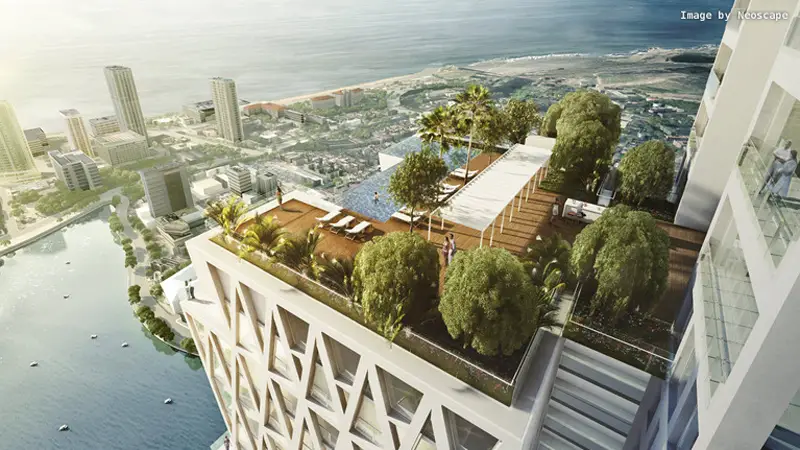
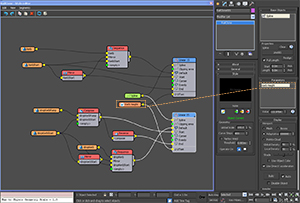
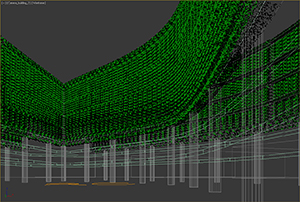
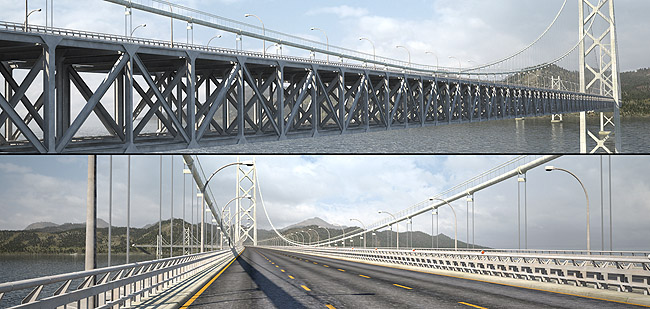
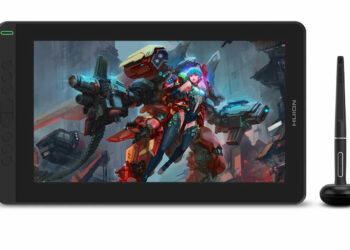


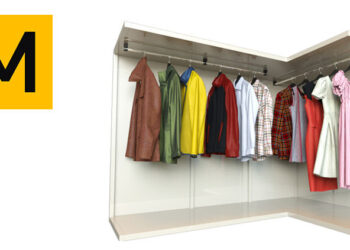
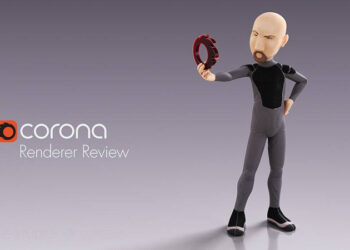
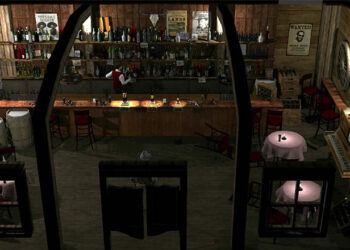
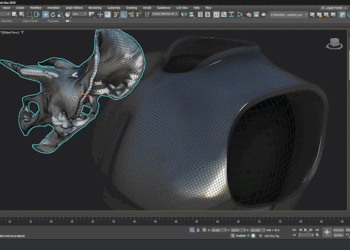

Great review and a lot of helpful insight as to why I think I am going to purchase a license. Nice one Jerry.
Just for info: many of the issues described in the review has been fixed in RailClone Pro 2.1 (currently in beta). The style editor doesn’t run anymore as a separate application.
Nice One Jerry!!!
it`s Very good tools